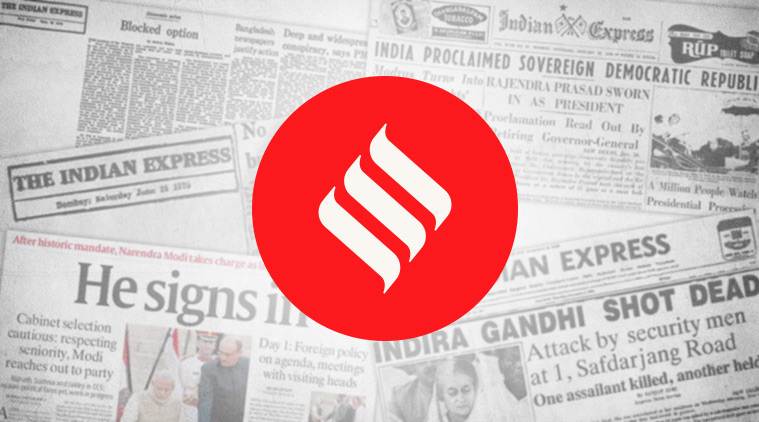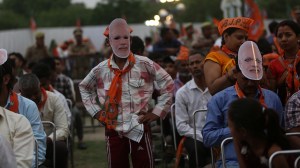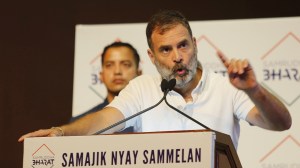- India
- International
The Seshan effect
How he transformed the EC is a lesson for those at the helm of watchdog institutions, more relevant now than ever.
 The story of Seshan and the EC is a striking example of the transformation an individual can achieve in a complex society with multiple levers of power.
The story of Seshan and the EC is a striking example of the transformation an individual can achieve in a complex society with multiple levers of power.
The Election Commission of India was established as a constitutional authority in 1950 with the mandate to hold free and fair elections. But it wasn’t until 1990, when TN Seshan took charge as Chief Election Commissioner, that citizens, and even EC officials, became aware of the extraordinary powers that the Constitution vests in the institution. The EC was a different body, after Seshan. In his six years as CEC, the 1955-batch IAS officer from Palakkad, Kerala, turned an unremarkable body into a powerful pillar of democracy, and in the process reformed and strengthened the election process. Changes initiated by Seshan had far-reaching implications, especially in northern India, and went a long way in deepening representative democracy. Elections in India have since become freer and fairer, and the EC itself a model institution for democracies across the world.
The story of Seshan and the EC is a striking example of the transformation an individual can achieve in a complex society with multiple levers of power. In retrospect, all that Seshan did was to enforce the authority of the EC as per its powers laid out in the Constitution. When the push-back came from the politicians, he stood his ground with the backing of the law. In clashes with the political class, his persona, aggressive, even abrasive, loomed larger than life, but it was the institution that ultimately won the battle. Seshan dusted off the model code of conduct and turned it into a powerful instrument to rein in political parties that were playing fast and loose with the rules of the game. The EC began to enforce campaign spending limits and candidates were asked to submit accounts of poll expenses within a reasonable time limit. Cases were slapped on those who refused to comply. The EC also began to monitor the campaign process more closely by staggering elections and deploying a large number of poll observers and central forces. Violations of the model code were punished. Seshan’s actions helped weaken the politician-bureaucrat cabal that was subverting the democratic process in large parts of the country and ended practices such as booth-rigging and booth-capturing widely prevalent in states like UP and Bihar. These reforms allowed the less privileged groups which had acquired a new political voice in the wake of Mandal to vote more freely.
As SY Quraishi, a former CEC, wrote in this newspaper, “all his successor CECs basked in his glory, though we always carried the burden of being compared with him all the time”. It is Seshan’s lasting legacy that the bar has been raised for those who succeed him at the helm of the Election Commission.
EXPRESS OPINION
Apr 25: Latest News
- 01
- 02
- 03
- 04
- 05

































